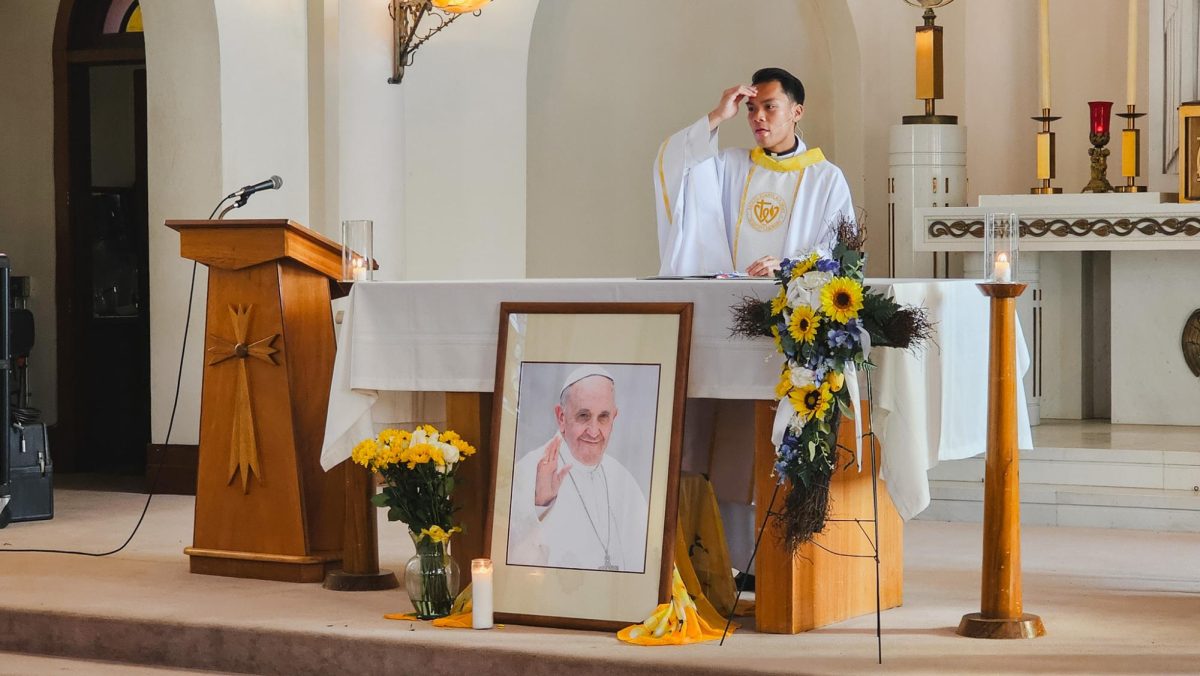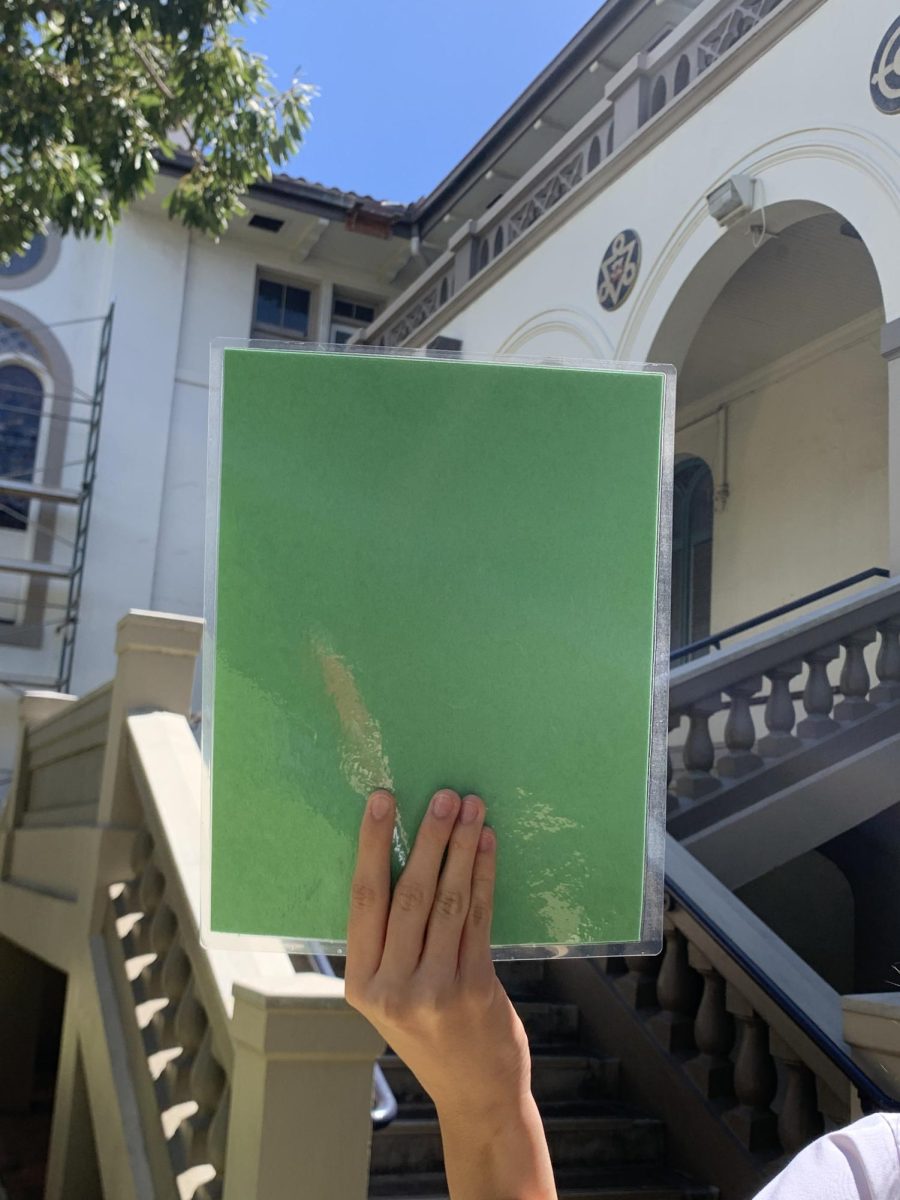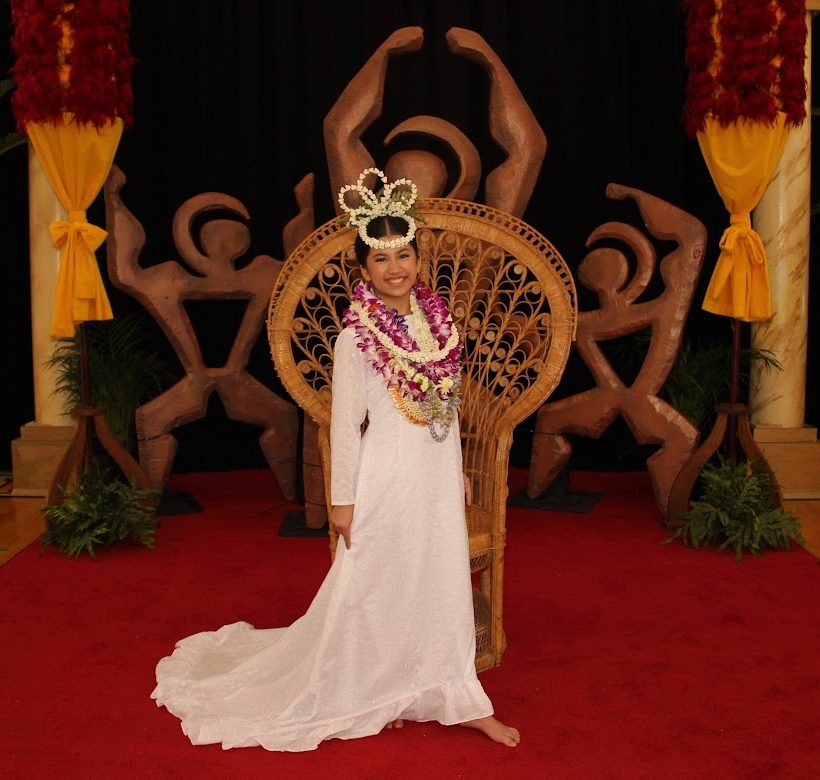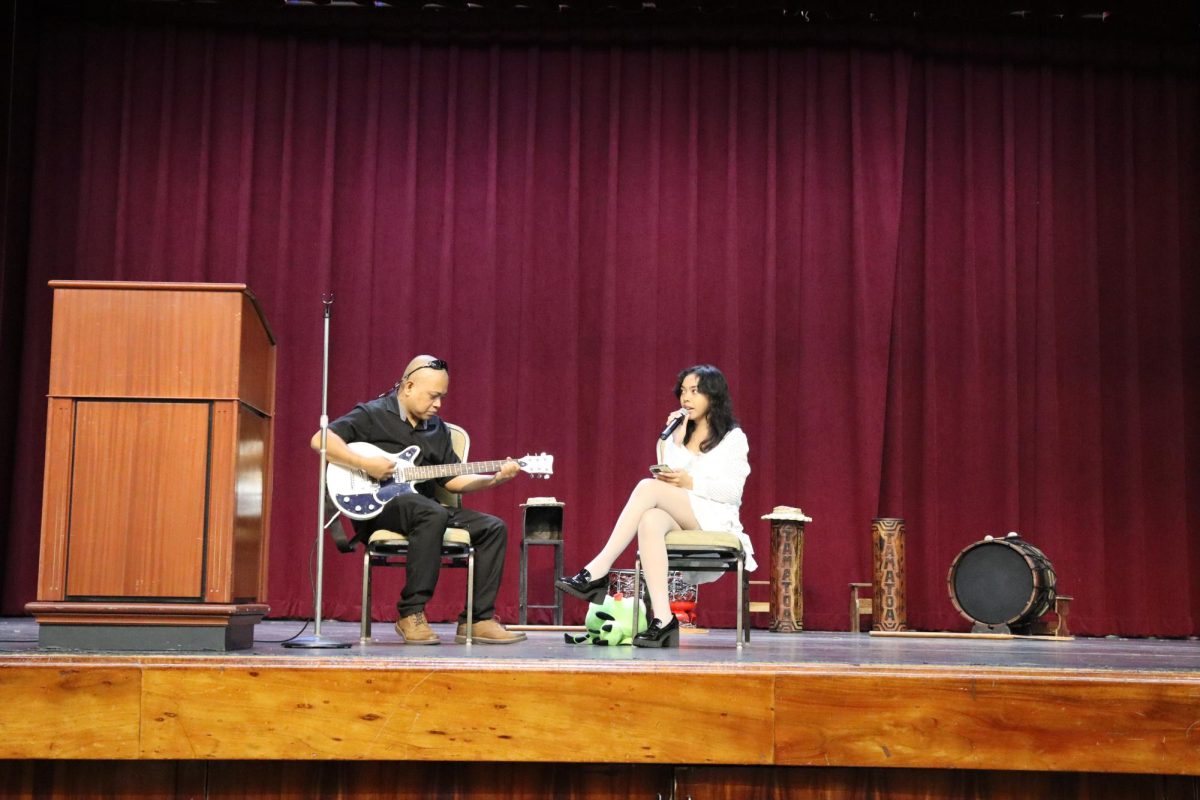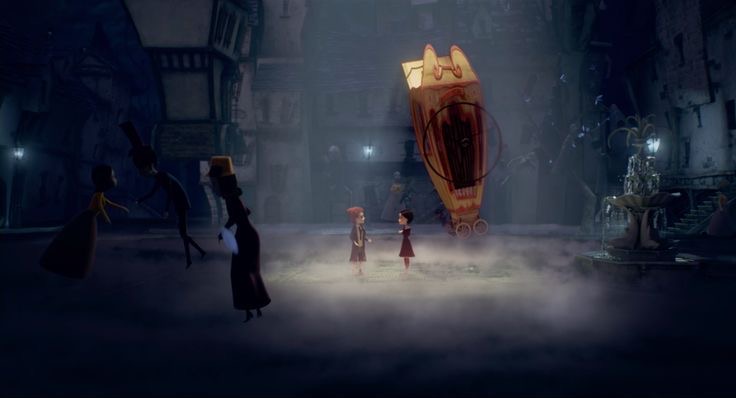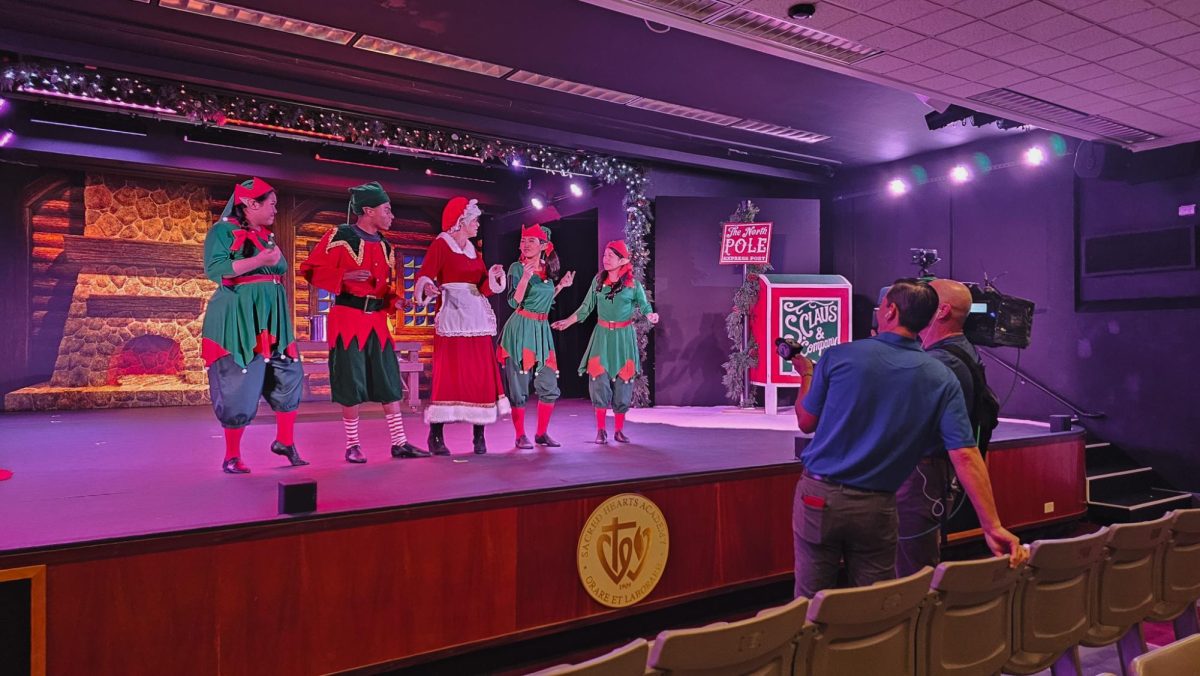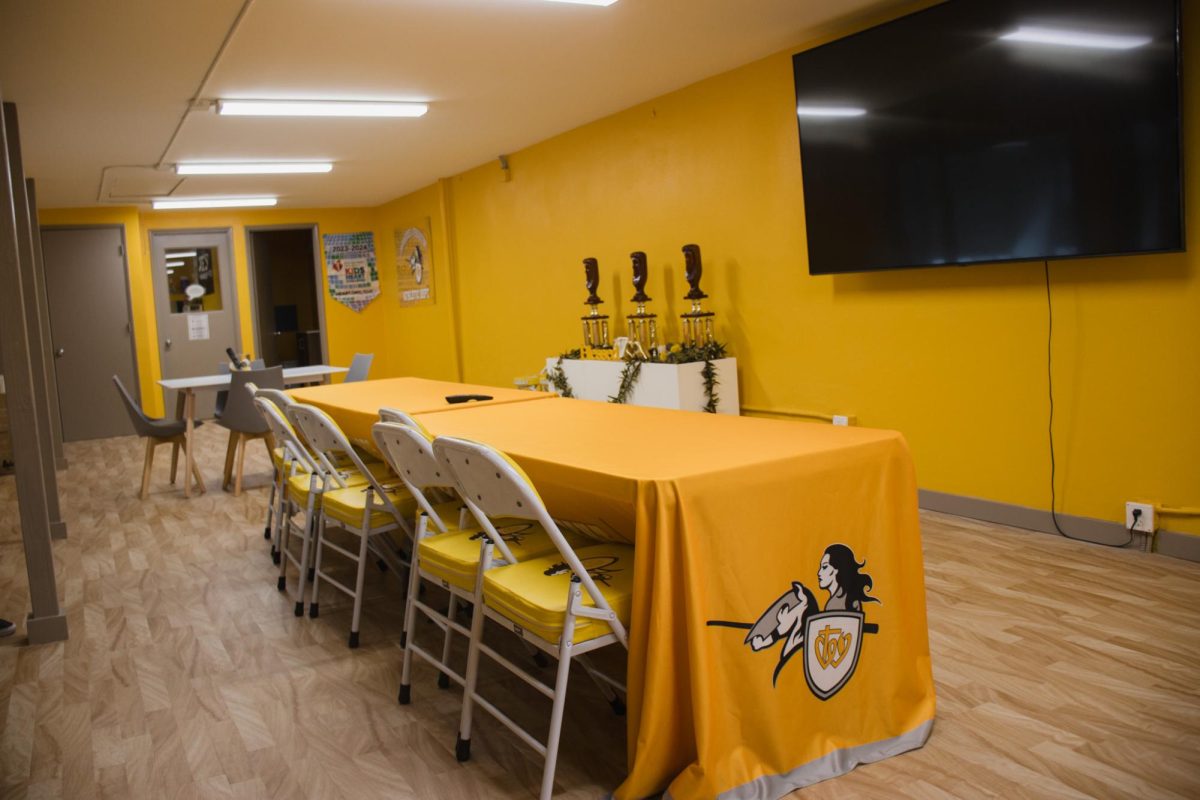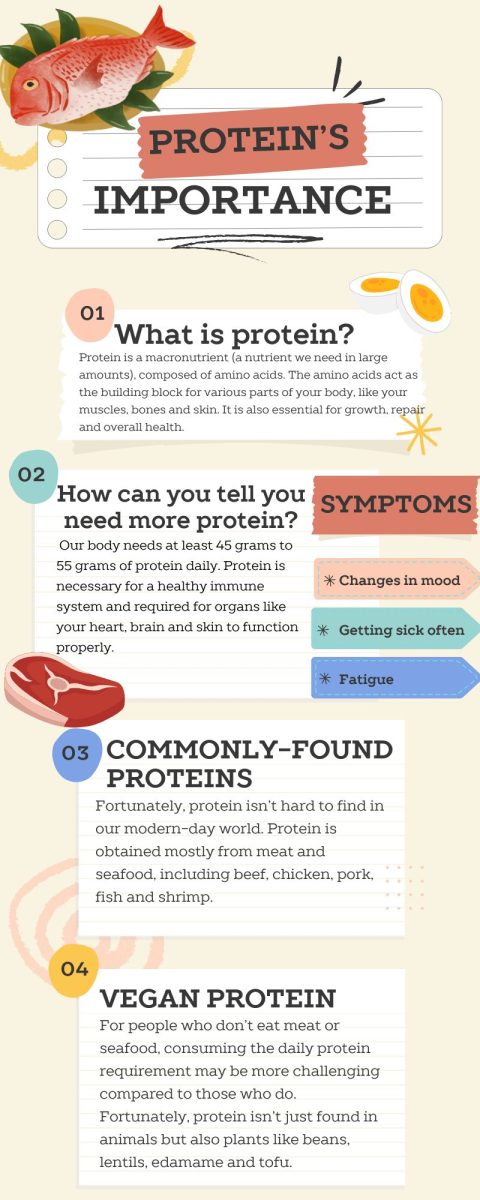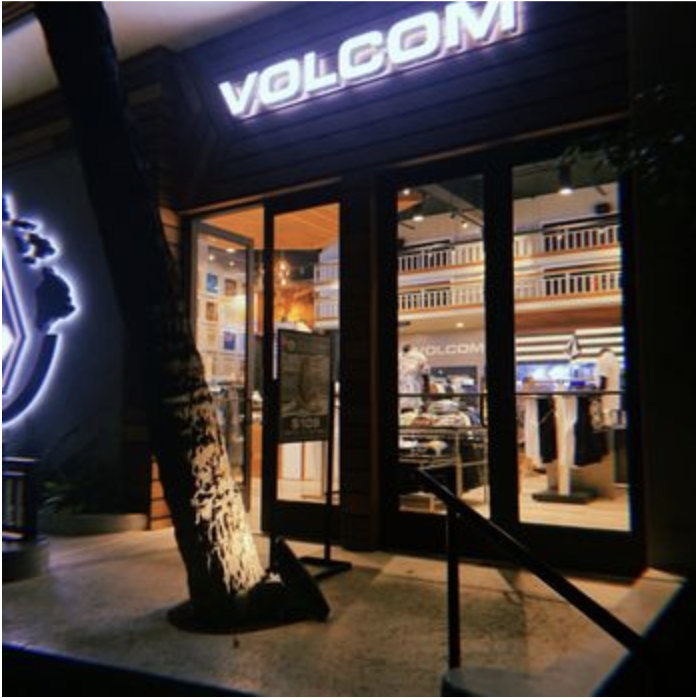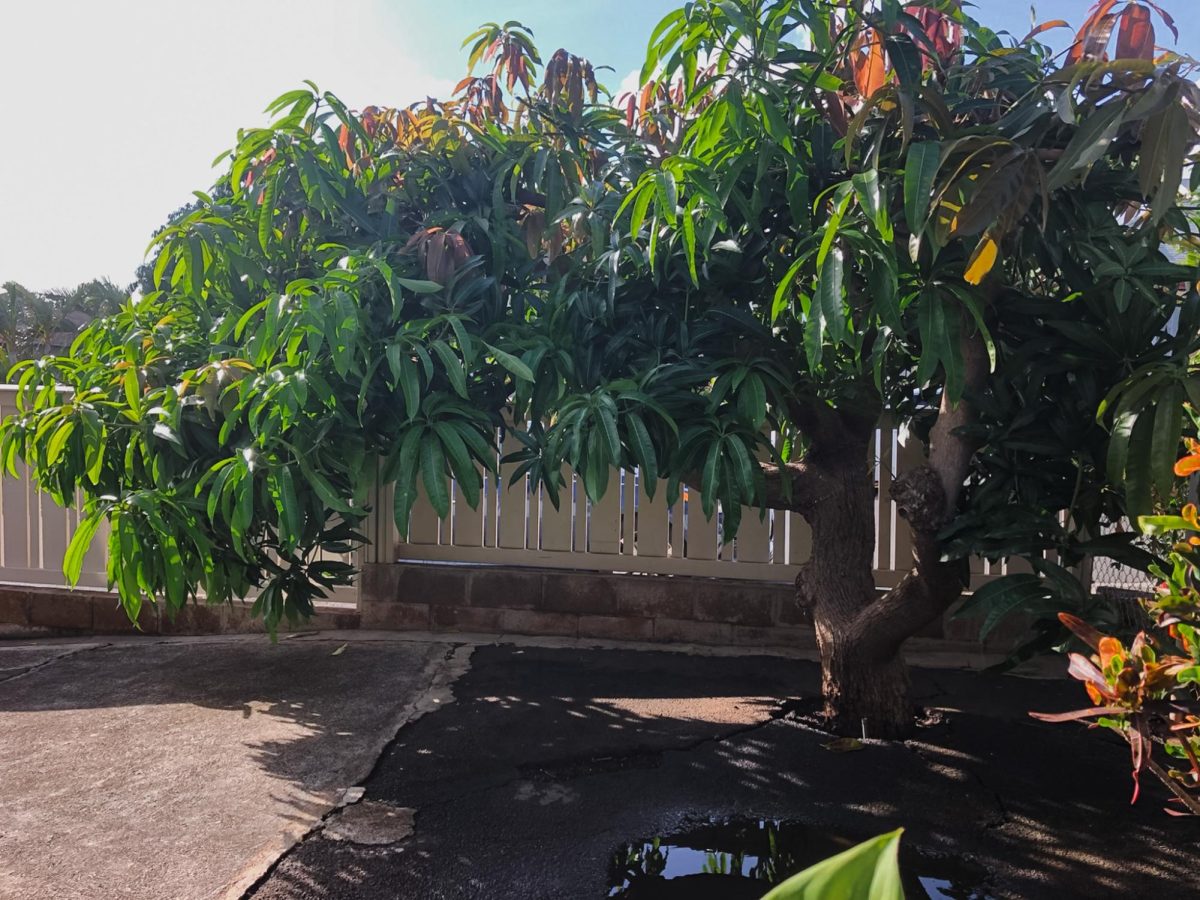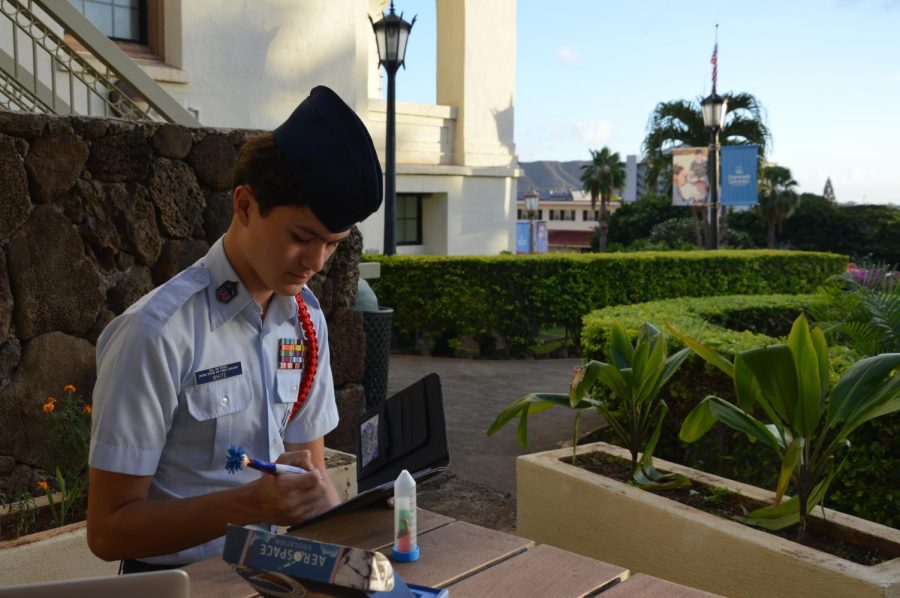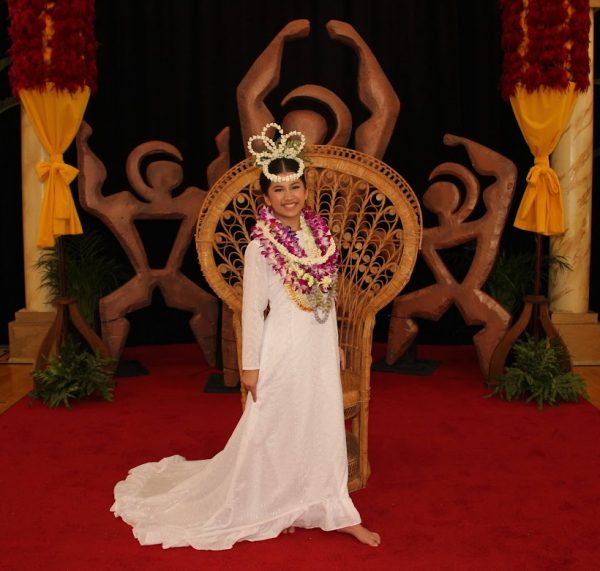Students launch experiments into space, benefiting future generations
Sacred Hearts Academy junior Jenica Wong never imagined she’d be launching something into space; let alone, something as unusual as fries, marshmallows, yeast and popcorn. But the opportunity came through the Civil Air Patrol (CAP) program, as part of a challenge for high schools across the country. Just this month, the team found out it placed second in the nation for its efforts.
The Hawaii squadron, consisting of students from Saint Louis School, the Academy and a few other Honolulu private schools, placed second in the nation and earned a $100 grant for its mission patch design. The design represents the spirit of the challenge.
“When I was told we would get to send stuff into space, I was excited and grateful for this opportunity,” Wong said. The food items were launched in small vials and later assessed for the difference in appearance, texture and smell.
Representing Hawaii
More than 120 cadet teams from across the nation participated in the High Altitude Balloon Challenge. The STEM-based contest allowed students to send experiments into the edge of the stratosphere via a high-altitude balloon (HAB).
As the only squadron to represent the state, the PCR-HI-77, also known as the 77th Saint Louis School’s Composite Squadron, felt the pressure.
“(A challenge) was getting (the team) motivated to do their part to support the project,” she said. “To overcome it, we just reminded (the team members) that they are representing the squadron, and this is a project bigger than just themselves.”
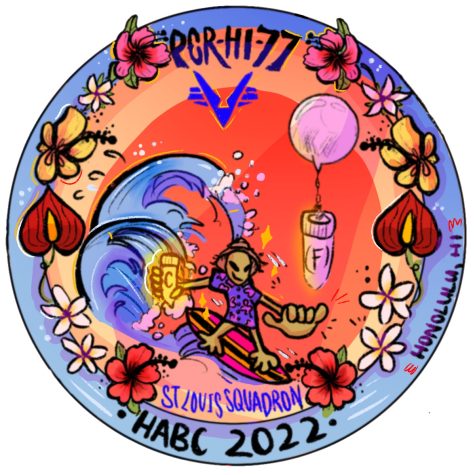
Photo courtesy of PCR-HI-77th Saint Louis Composite Squadron.
“I am very proud of our squadron for stepping up and participating,” squadron unit commander Captain Bryan Lynch said. “I have never seen a project before that had so many facets to it to help the cadets grow. We sent experiments into space…How cool is that?”
The launch
This high-altitude blimp is filled with hydrogen and can climb from 90,000 to 125,000 feet into the stratosphere. The experiment submissions were mailed in from each squadron to Anderson Preparatory Academy in Indiana, where the launch took place. Each capsule, prior to launch, was taken in for weight inspection and observed to ensure each vial was safe for flight.
Students watched the launch through a livestream video. Once the balloon popped in space, a tracking device helped the crew to locate it. The tracking devices also monitored balloons’ flight, altitude, temperature and photonic light spectrums. The vials were mailed back to the schools for further assessment.
The Hawaii team made qualitative observations and hypotheses for their experiments sent into space; discovering that the space popcorn popped at a faster rate than the control, which remained on Earth. They made bread using the radioactive yeast also included in the vial.
Prior to the launch, the team hypothesized marshmallows to expand due to space’s pressuring altitudes. Instead, the marshmallows disintegrated with a foul odor after being affected by the other experiments in the vial. The fries crinkled and turned into an unappetizing brown material with oil seeping out.
“When I first got to look at the objects we sent to space, I thought to myself that these items have been to one of the highest points in this world,” Punahou freshmen Nathan White said. “If you even start to comprehend the environment that the items went through, it’s amazing how we got these items back to Earth.”
Advancements in young space exploration
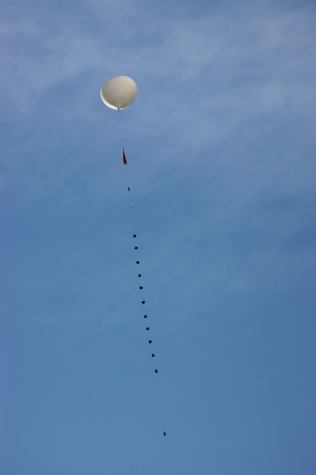
In addition to a $5,000 grant, cadet teams could also win a chance to visit with Col. Joseph Kittinger in Florida, as part of a tour of Cape Canaveral and the Kennedy Space Center. Since 1960, Kittinger holds the record for highest parachute jump and longest free fall when he jumped 19 miles above Earth from a helium-balloon gondola.
For Academy cadet Wong, the challenge meant more than a cash prize.
“I hope to get…a better sense of the world around us and more knowledge about the space environment,” said Wong.
The experiments provided data that would benefit society. For example, one student team chose to send glucose monitors into space for a cadet on their team with diabetes. The information collected could hint to what it might be like to have diabetes in space.
As an aerospace enthusiast, White looks to the future.
“I think that this will inspire future generations to do more with space exploration,” he said. “If our society does evolve and advance into a semi-sustainable world in space, then the people working with space exploration and astronomy will most likely be in the history textbooks to come, which could be a potential source of inspiration.”
The helium vs. hydrogen debacle
Typically, HAB’s are filled with helium or hydrogen. Due to an extreme shortage of helium, there had been a debate prior to the challenge, on whether or not to switch to hydrogen.
“What’s the first thing anybody thinks of (when mentioning) a hydrogen balloon? You think of the Hindenburg, so you think of the explosions; you think of the burning balloons, right?” HAB Director Capt. Bob Roberts said.
In the aviation community, a historic incident heavily involving hydrogen occurred, known as the Hindenburg disaster. The Hindenburg was the world’s largest German Nazi airship that exploded during landing in Lakehurst, N.J. in 1937. It took 36 lives of the 1,002 in the airship. This airship was not the worst fatal airship disaster ever but considerably the worst caught on camera, bringing commercial rigid airship transportations to a halt.
The Hindenburg is infamous for its disastrous mistake of being filled with helium, according to the Public Broadcasting Service (PBS). Originally, the Hindenburg had been designed for helium, but at the time, Germany was not as sufficient in this source as was America and didn’t have any airship problems with hydrogen.
On the periodic table of elements, hydrogen is the very first element, and the lightest element, making hydrogen ideal for any balloon. However, hydrogen is highly combustible. This knowledge leads experts to believe that the Hindenburg exploded due to the use of hydrogen.
The man behind where it started
Retired Air Force balloonist Kittinger had been the first man to ever experience the true curvatures of the Earth’s atmosphere from space. Today, the now 94-year-old serves as the ambassador, commentator and the biggest supporter of the HAB Challenge.
Kittinger described his experience in space through his autobiography, “Come Up and Get Me.”
“Looking out over a very beautiful, beautiful world…a hostile sky,” he writes. “As you look up, the sky looks beautiful but hostile. As you sit here, you realize that man will never conquer space. He will learn to live with it, but he will never conquer it.”
Safety is always number one, but being in the moment during that 1960 jump, Kittinger put aside the notation of safety.
Before Kittinger jumped off the balloon gondola in his space prototyped suit, he noticed that the pressure on his right hand glove had malfunctioned. Knowing that this freefall was soon to be the first mission ever carried out, he opted not to tell his crew about the defective glove, apprehensive at the idea of aborting the mission. As a result, his right hand enlarged twice from its original size. After the expansion of his right hand, he spent the entirety of the flight using his left hand to navigate his way through the mission.
After the ground crew cleared him, Kittinger readily jumped off from the gondola. As he fell, he could not feel his body falling. When free-falling from the edge of space, there is no velocity due to an absence of gravity. Kittinger was experiencing weightlessness and free fall, according to PBS. He then looked up in surprise to see the balloon flying up; until he realized that it was not the balloon falling, but rather, it was his descent at 614 mph. When a person with more mass ejects from an extreme high altitude, the more liability they have to spin. The higher the person ejects, the more spinning the person will do.
Kittinger constantly spins in motion until reaching Earth’s surface, with his team waiting for him when he lands. They accomplished their goal of man working properly in a space environment, protecting him and proving that man could fall down from extreme altitudes safely. At the time, aircrafts had not been able to reach those altitudes; therefore, Kittinger jumped out of a balloon. A free fall from Kittinger’s altitude was aimed to break barriers of man versus zero-gravity.
A story, like this, continues to be talked about today.
“(Col. Kittinger) inspires me to be brave, respectful and show leadership in my actions,” White said. “He was never afraid of a challenge, which is something we should all aspire to have in our lives.”

Kennedy is a first-year journalism student and a freshman at the Academy. As a student reporter, she hopes she can reach out to those who are in need of...

